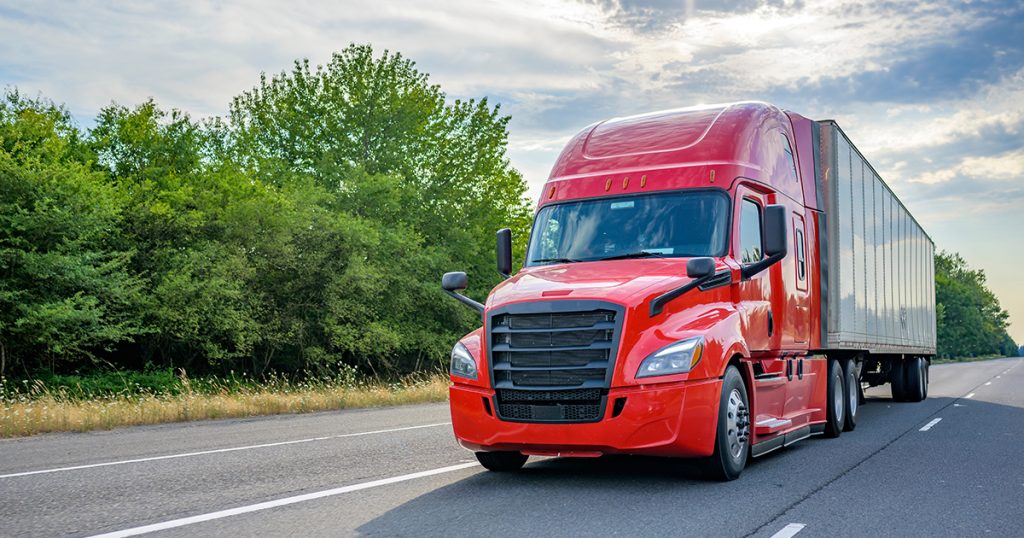Home » Training » Trailer Glossary » Commercial Driver’s License (CDL)

Commercial Driver’s License (CDL)
Mandated by the Commercial Motor Vehicle Safety Act of 1986, a Commercial Driver’s License (CDL) authorizes an individual to operate various types of commercial vehicles. In the United States, a CDL is required to operate a tractor-trailer for commercial use.
CDL Classes
Commercial vehicles are divided into categories, Class A, B or C, based on size, weight, and function.
Class A
Any combination of vehicles that has a gross combination weight rating or gross combination weight of 26,001 pounds or more inclusive of a towed unit(s) with a gross vehicle weight rating or gross vehicle weight of more than 10,000 pounds.
Class B
Any single vehicle which has a gross vehicle weight rating or gross vehicle weight of 26,001 pounds or more, or any such vehicle towing a vehicle with a gross vehicle weight rating or gross vehicle weight that does not exceed 10,000 pounds.
Class C
Any single vehicle, or combination of vehicles, that does not meet the definition of Class A or Class B, but is either designed to transport 16 or more passengers, including the driver or is transporting material that has been designated as hazardous under 49 U.S.C. 5103 and is required to be placarded under subpart F of 49 CFR Part 172 or is transporting any quantity of a material listed as a select agent or toxin in 42 CFR Part 73.
Endorsements
In addition to a CDL, special endorsements may be required if you or your company drivers will be driving any of the following vehicles:
- a truck with double or triple trailers
- a truck with a tank
- a truck carrying hazardous materials
- a passenger vehicle
Who Issues CDLs
State governments are responsible for issuing CDLs. Contact your State licensing bureau (e.g., Department of Motor Vehicles) for more information.
